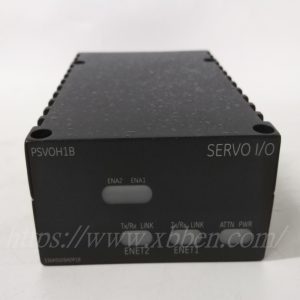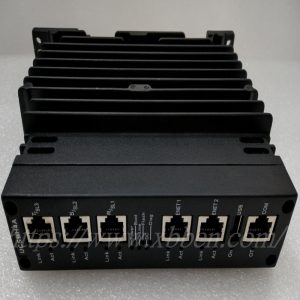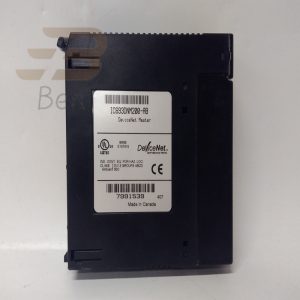IS210AEPSG2BB Programmable logic controller
The GE IS210AEPSG2BB is a General Electric (GE) product, and features may vary depending on the application environment and configuration. As part of the PLC (Programmable Logic Controller).
It has the following functions:
Data processing and control: The ability to receive signals from various sensors, actuators and other devices, process these signals, and control operations according to preset logic and algorithms. This enables it to achieve precise control of various devices and processes in industrial automation systems.
Rich I/O interface: In order to meet the needs of different industrial field signals, PLC usually provides a variety of I/O interface modules, such as analog, digital, switching, etc. These interfaces can connect different types of devices and sensors, so as to realize the acquisition and control of various signals.
Communication capabilities: The IS210AEPSG2BB may support a variety of communication protocols and interfaces, such as Ethernet, serial ports, etc., for communication and data exchange with other devices, systems, or operators. This makes it easy to integrate into industrial automation systems for remote monitoring and control.
High reliability and stability: PLC usually has a high degree of reliability and stability, and can operate stably in harsh industrial environments for a long time. The IS210AEPSG2BB may adopt a series of advanced technologies and measures, such as high-performance hardware components, optimized circuit design and advanced protection mechanisms, to ensure its stability and reliability.
Self-diagnosis function: Some PLC modules have a self-diagnosis function, which can automatically detect the abnormal situation of the system and take appropriate measures to repair or issue an alarm. This helps reduce the impact of failures on the system and improves system reliability.
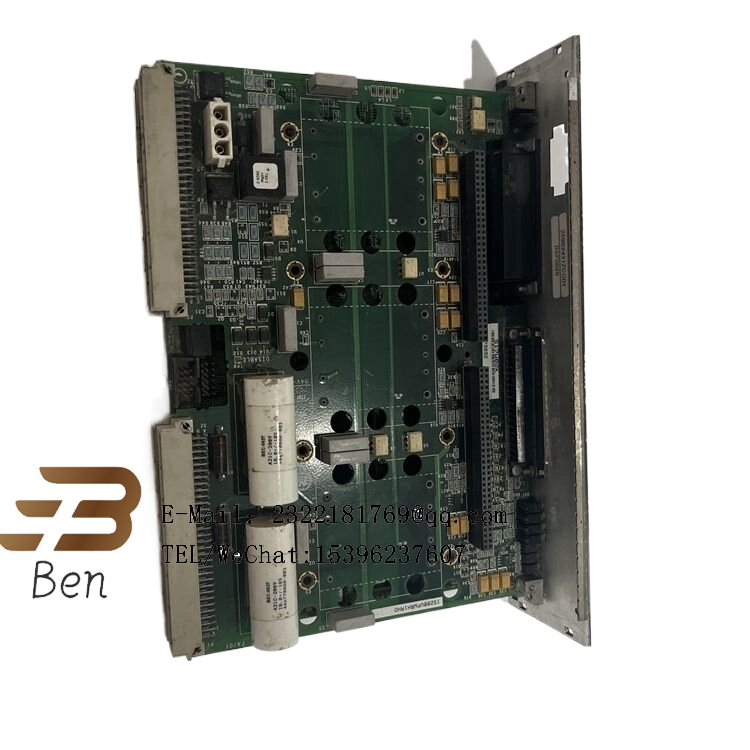
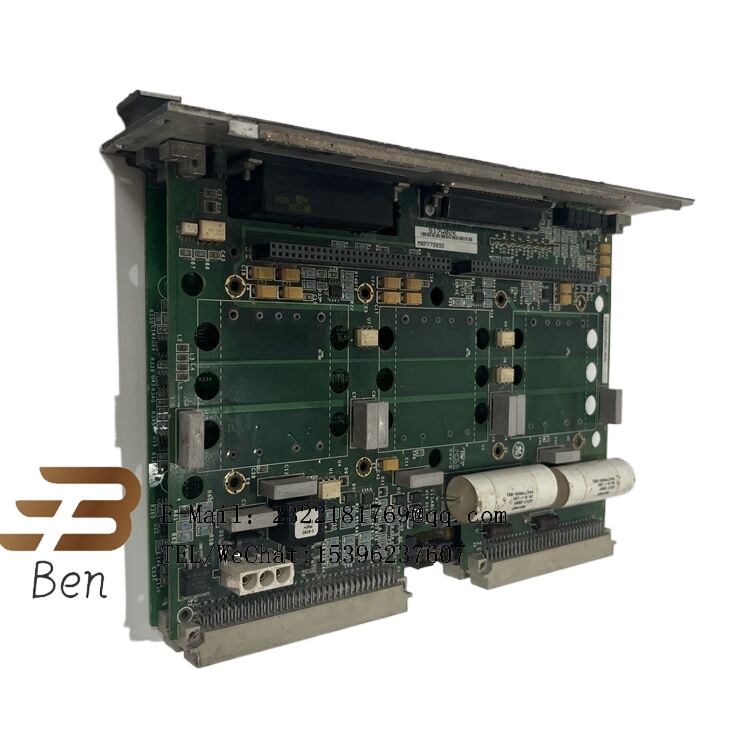
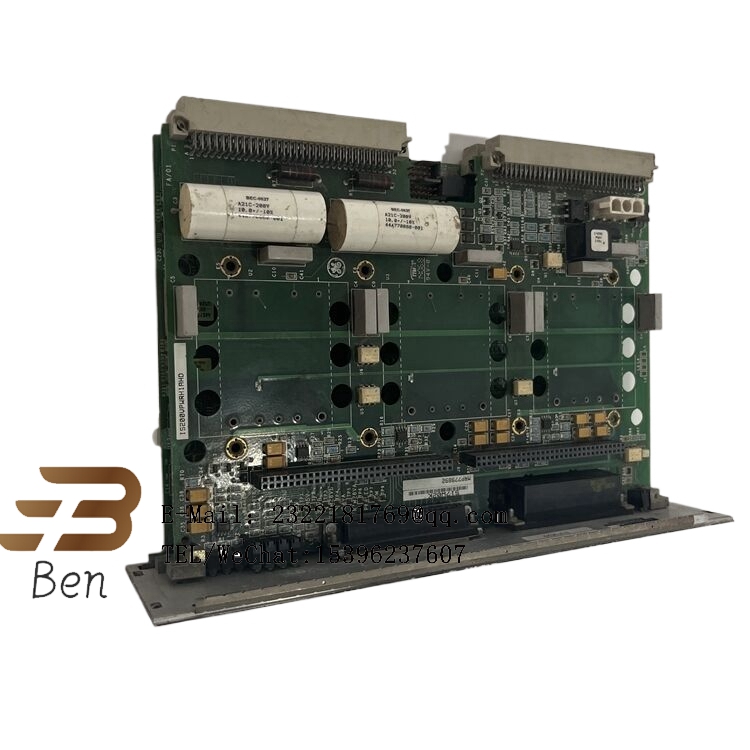
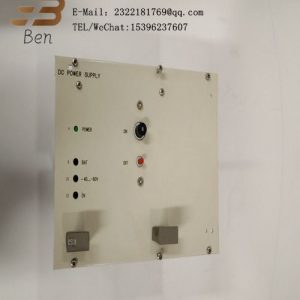
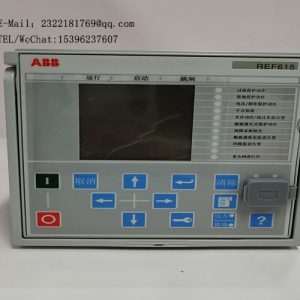
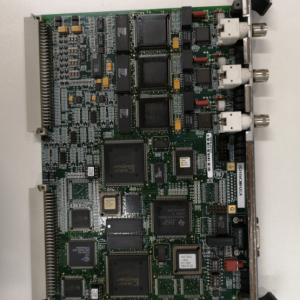
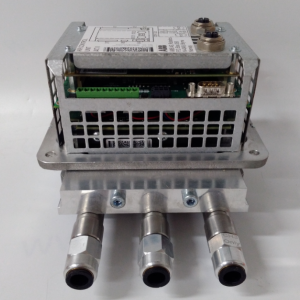

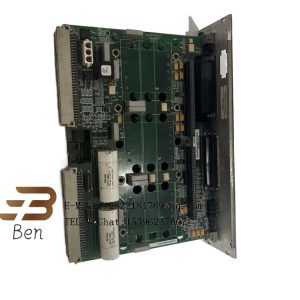
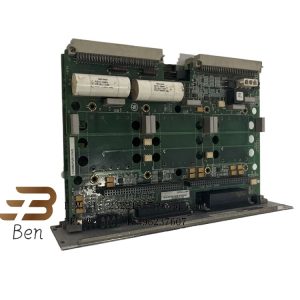
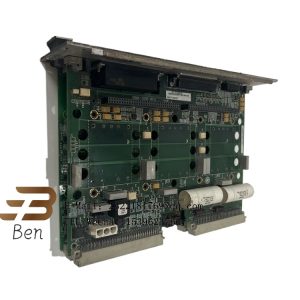
.png)
